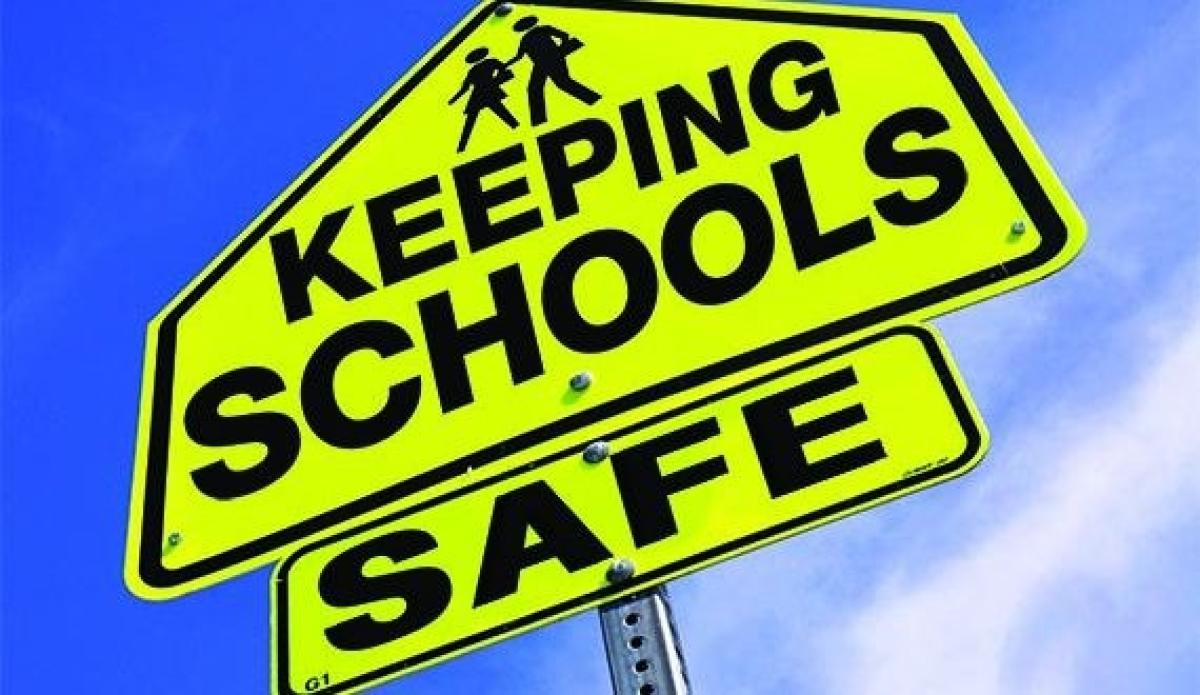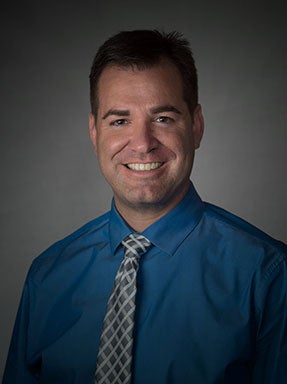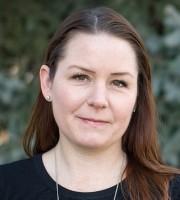Q&A: Safe Schools Week with Rachel Nielsen

This week is Safe Schools Week in the United States. For over three decades, this week has been an opportunity for schools across the country to draw attention to the continuing problem of school violence and educate everyone about how schools can be made safer and more secure.
At the University of Denver’s Graduate School of Professional Psychology, the Colorado Resilience Collaborative (CRC) was created out of the need to provide services to those impacted by identity-based violence. Rachel Nielsen, who holds a doctorate in clinical psychology and is director of the CRC, provides therapy to families and first responders in the aftermath of violent incidents — including school shootings. Rachel took a moment to share her insight on school violence and the response we see following an incident.
The number of violent crimes we see in our schools, including shootings, is on the rise. Should our schools be doing more to keep kids safe, or should we be focused on other solutions?
Schools have several highly effective protocols in place in Colorado due to the legacy of school violence in our state. For example, many schools have both school psychologists and school resource officers available to our children, we have had Safe2Tell for two decades, and thousands of suicide and threat assessments are done for our schools every year without incident which shows their effectiveness. However, since violence continues to change, we must continually develop new methods of prevention.
In your experience, what has been one of the best safety programs adopted by schools to help keep kids safe?
After Emily Keyes was killed at Platte Canyon High School, her parents helped develop the standard response protocol that we now use to train students about what to do in the event of an attack. This is one example of how we continue to improve our systems in Colorado, and these protocols have been shared around the world with great success. Unfortunately every time we have a mass casualty at a school, we get better at our methods. We sometimes don’t realize how innovative the programming is in Colorado.
You have had the opportunity to visit with students and staff at K-12 schools following violent incidents, what is typically the biggest challenge they face when returning to the classroom?
Everyone who is affected by a school shooting, either directly or indirectly, hast to develop a “new normal.” Places and situations that seemed safe before may seem dangerous in the aftermath. I commonly see children who have panic attacks and do not want to go to school after there has been another school attack, either in Colorado or across our nation. We must challenge our belief that we are not safe, because statistically speaking we are still unlikely to be involved in such an incident. However in Colorado, I do encounter families who have been affected by more than one incident, which is difficult to overcome.
What kind of work is taking place within the CRC to help prevent violent crimes from taking place within our schools?
The CRC works to raise awareness about preventing targeted violence in Colorado, including school violence. We offer free trainings to anyone who would like to know more about this issue. We also provide free consultation to anyone in the community who would like guidance, next steps, and resources about this issue as it pertains to a real-world situation. For instance, someone who is concerned about a loved one being on the pathway to violence can certainly call us and get assistance. The CRC was created as a hub of information so community members can get practical, expert advice for these complex problems.









